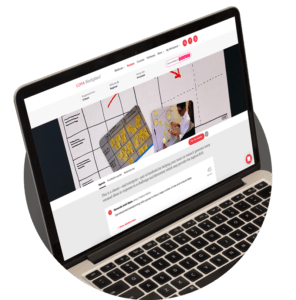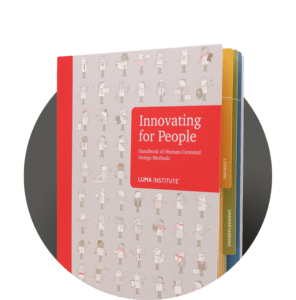Method overview
Making thoughtful decisions is a challenging, yet essential, part of making progress. It’s especially difficult to do when you’re dealing with various options and differing criteria. A simple 2×2 matrix can be a powerful instrument for establishing priorities. Specifically, placing Importance (low to high) on the x-axis and Difficulty (low to high) on the y-axis equips you to work out tensions between these opposing forces. When you plot items according to both priorities, you and your team will likely arrive at a workable resolution.
The items that land in the lower left quadrant are characterized as targeted because they are the easiest to realize. The upper left quadrant contains luxurious items—costly endeavors with little return. The items in the upper right quadrant are considered to be strategic because they require large investments to get big results. And last but not least, the items in the lower right quadrant are high-value because they yield great impact at a low price.
The benefits of this method
- Helps you prioritize items quickly.
- Facilitates deliberation.
- Resolves differing opinions.
- Helps your team develop a plan of action.

Quick guide
- Identify a project that requires prioritization.
- Make a poster showing a large quad chart.
- Label horizontal axis Importance (or Impact).
- Label vertical axis Difficulty (or Cost to Execute).
- Form a team, and gather data for discussion.
- Plot items horizontally by relative importance.
- Plot items vertically by relative difficulty.
- Consider the quadrants where items get placed.
- Look for related groupings, and set priorities.
Helpful hints
- Give each item its own place on the relative scale.
- Listen carefully to every point of deliberation.
- Don’t view this as a scientific Cost/Benefit study.
Combining LUMA methods into design recipes
The methods in the LUMA System are great on their own, but they are really powerful when combined into design recipes. Just like when you combine ingredients to make a tasty meal, you can also combine design methods to address challenges such as improving workplace culture or uncovering customer insights.
An example of a recipe from LUMA Workplace®:


Want to learn more about LUMA methods?


